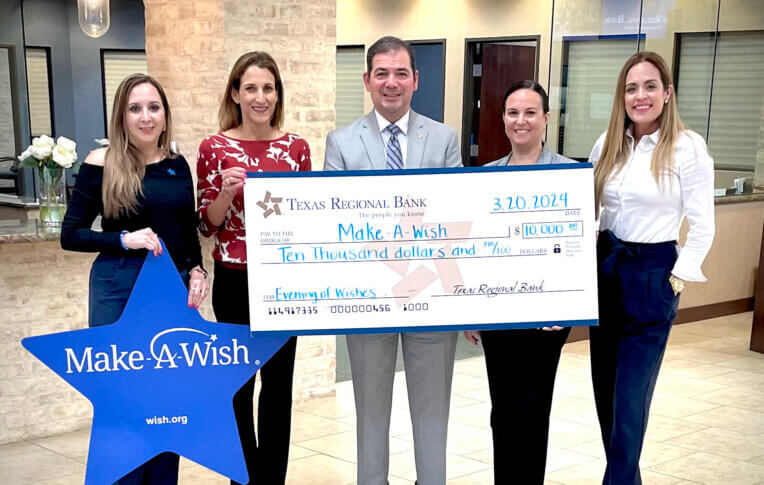Key Takeaways:
- Setting aside 10% of your gross monthly income is an excellent way to build your savings.
- Accounts with compounding interest help your savings grow over time.
- The best time to start saving was yesterday, but starting today is the second best time.
The 10% rule is a savings tip that suggests you set aside 10% of your gross monthly income for retirement or emergencies. If you still need to start a savings account, this is a great way to build up your savings.
You should create a monthly budget before starting your savings journey. Starting a monthly budget will help determine if you can afford to put away 10% of your gross monthly income. Adjusting to a budget might take some time, but it’ll be worth it.
Don’t worry; you don’t have to come up with a budget on your own. You can use our practical budgeting template to help you get started.
If you have a lower monthly income, don’t let that discourage you from saving. If you are stretching your budget too thin to put away 10%, try starting smaller and building up to 10%. Start with 4% and work your way to 10%. Save where you can and be mindful of your budget.
Remember that your gross monthly income is the money you make before taxes, insurance, and other deductions.
How the 10% Rule Helps you
What can you use your savings for? You can use it for emergencies, like unexpected car repairs or medical bills. You can save for a down payment on a house. And, of course, it’s always good to save for retirement.
The 10% rule helps you build a better habit of saving and be more prepared for unexpected expenses or long-term financial goals.
How the 10% Rule Works
Starting to save early is a great way to build your savings over time. For example, the median household income in the United States was $70,784 in 2021. If you saved 10% of that each month, you would have $7,000 saved in a year.
If you started using the 10% rule at age 25 and invested 10% of your monthly income in a retirement account, earning 5%. By the time you turned 65, you would have saved $280,000 and earned $1,152,663.63 in interest, resulting in a total of $1,432,663.63 in your retirement account.
An excellent way to set money aside each month while being mindful of your budget is by setting up regular automatic transfers into your savings account. Setting up automatic transfers makes savings simpler. Not having to transfer your 10% each month manually will keep you from forgetting or skipping moving money to your savings.
Where to Keep Your Savings
Now, where should you put that 10%? You can save it in a regular savings account, a high-yield savings account, or even a retirement account. But before you open any of these accounts, check the fees and minimum balances. Remember that having an account with compound interest can help you save even more over time.
Compound interest lets your money work hard for you by growing interest over time. Good examples of compounding interest accounts are certificates of deposits (CDs), savings accounts, interest bearing checking accounts, 401(k) accounts, and investment accounts. With compounding interest, the sooner you start, the better.
It’s important to remember to keep your retirement savings and emergency fund separate. There are better ideas than using your retirement savings for unexpected expenses. Instead, you can put your retirement savings into a long-term investment account like a 401(k). Just be sure to contribute enough to get your employer to match if they offer one. An emergency fund can be kept in a high-yield savings account, which earns interest and is readily available.
Final Thoughts
Yesterday was the best time to start savings, but today is the second-best time. To find more personal finance tips check out our website Personal Finance Archives – Texas Regional Bank. Please schedule an appointment today with one of our bankers to review our savings account options.



